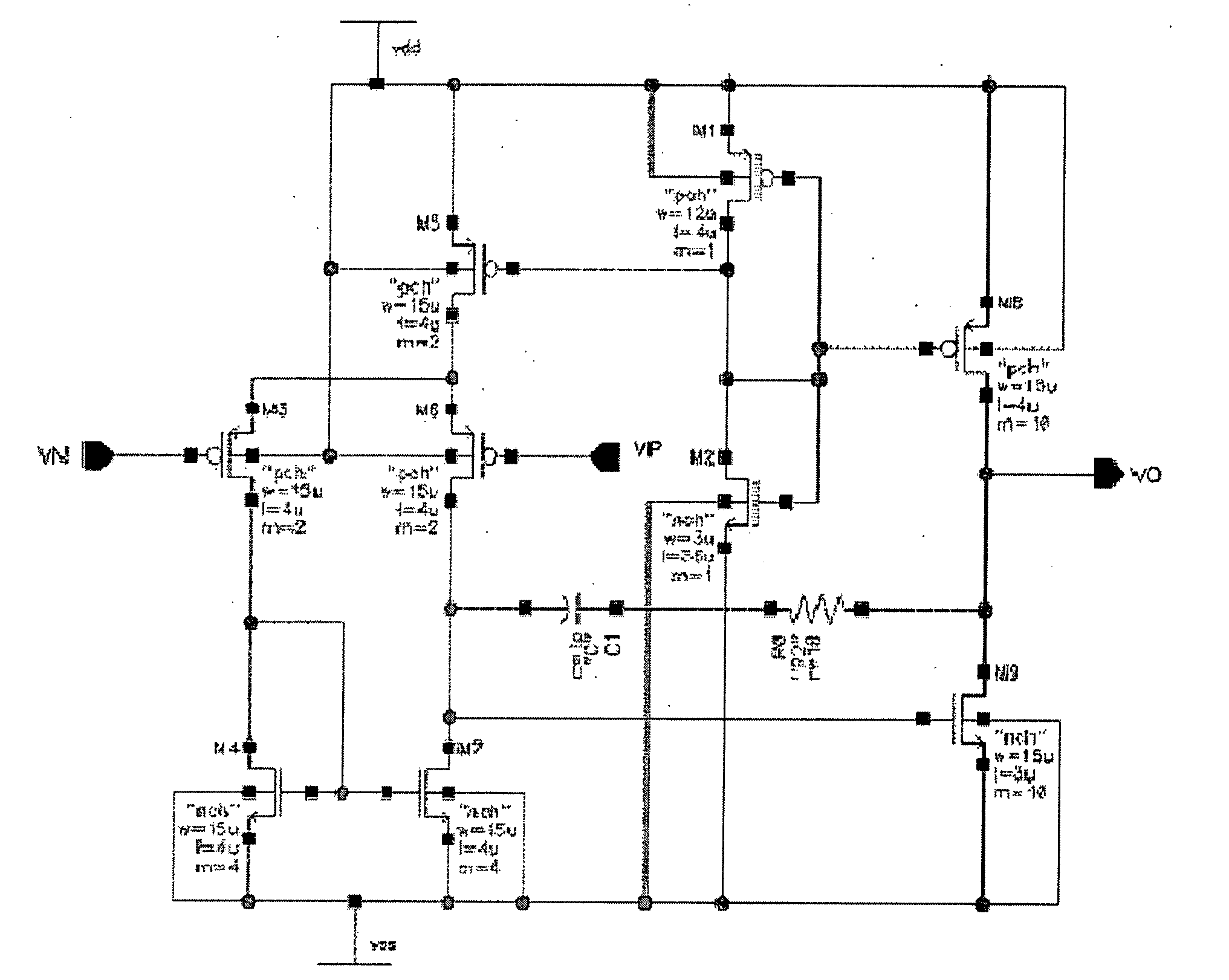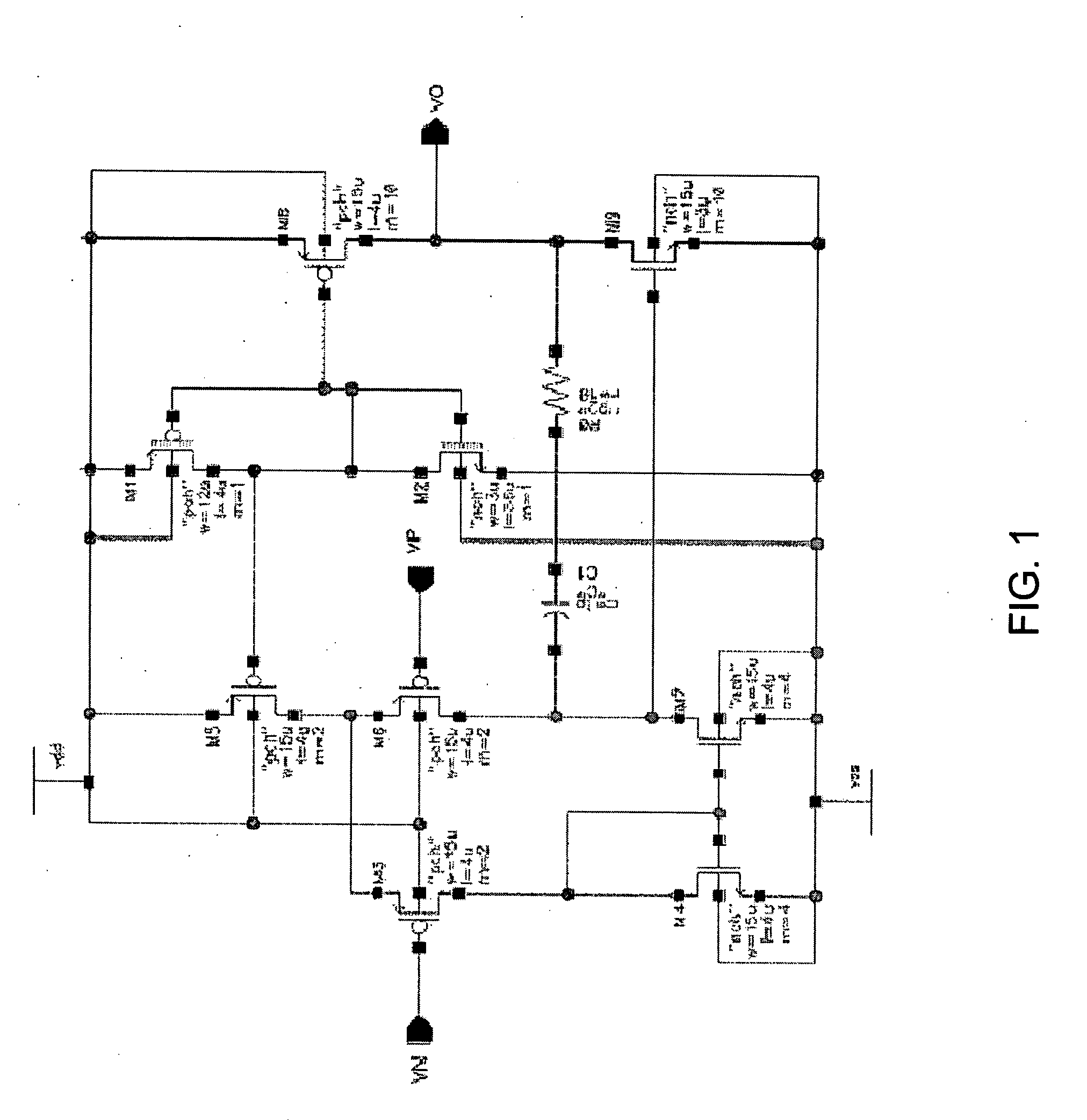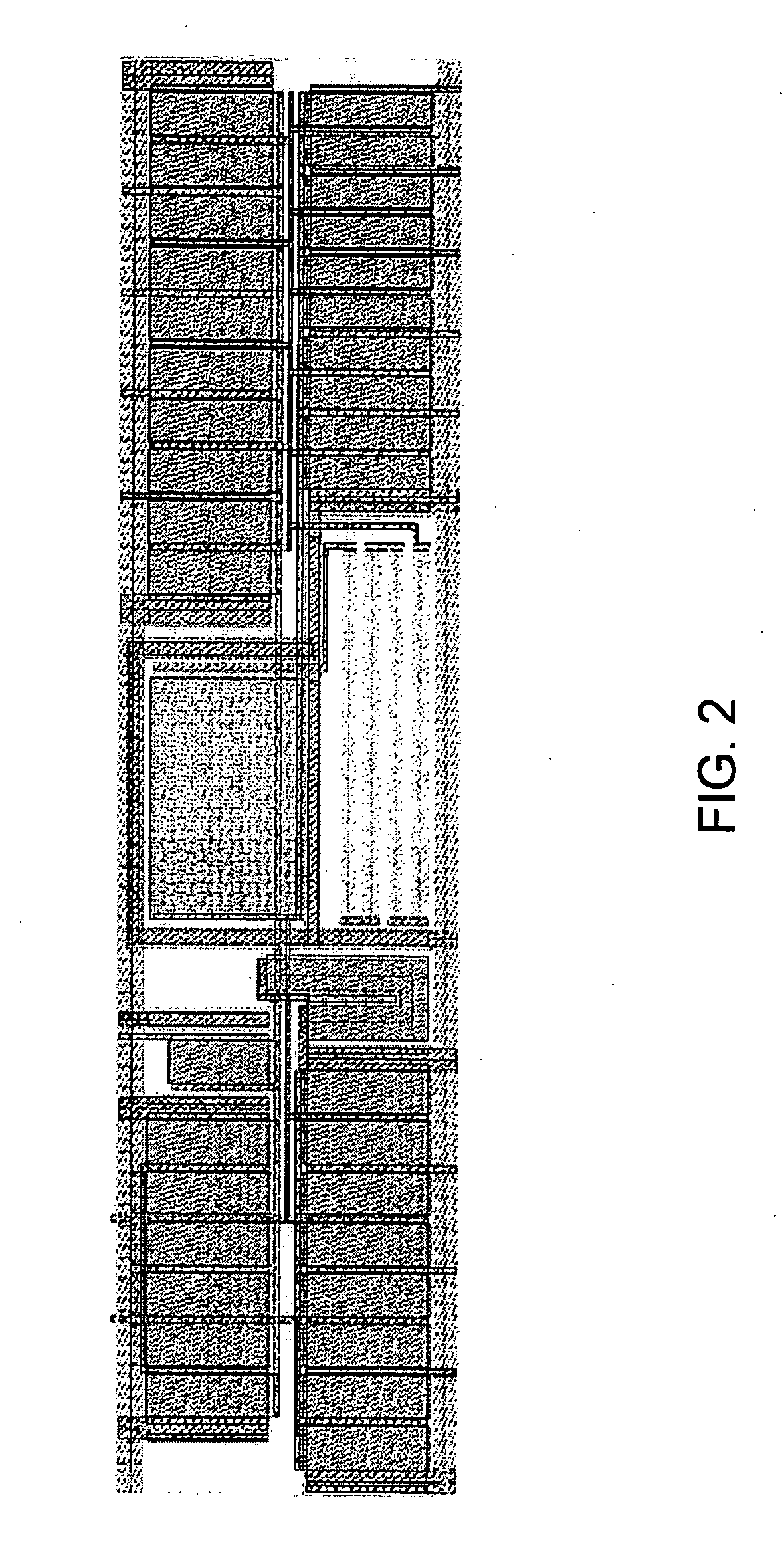Defect location identification for microdevice manufacturing and test
a technology for micro-devices and locations, applied in the direction of instruments, symbolic schematics, cad techniques, etc., can solve problems such as unintended physical aberration, micro-circuits to operate incorrectly or even fail, and become more difficult to manufactur
- Summary
- Abstract
- Description
- Claims
- Application Information
AI Technical Summary
Benefits of technology
Problems solved by technology
Method used
Image
Examples
Embodiment Construction
[0031] Overview
[0032] Different embodiments of the invention are directed to various tools and techniques that assist a manufacturing in developing tests for testing manufactured microdevices. As used herein, the term microdevice includes any device having physical features of 100 micrometers or less in size, including, but not limited to, microcircuits, thin film structures such as magnetic disk drive heads, gene chips, and microelectromechanical systems (MEMS).
[0033] According to different embodiments of the invention, a defect identification tool is employed to predict locations at which defects in a microdevice are more likely to occur. The tool may identify both a type of defect and the circuit location (by, e.g. naming the particular netlist or netlists corresponding to the circuit location) at which that defect is more likely to occur. A test circuit generation tool can then subsequently use this defect information to generate a test circuit that tests for the defect in the...
PUM
 Login to View More
Login to View More Abstract
Description
Claims
Application Information
 Login to View More
Login to View More - R&D
- Intellectual Property
- Life Sciences
- Materials
- Tech Scout
- Unparalleled Data Quality
- Higher Quality Content
- 60% Fewer Hallucinations
Browse by: Latest US Patents, China's latest patents, Technical Efficacy Thesaurus, Application Domain, Technology Topic, Popular Technical Reports.
© 2025 PatSnap. All rights reserved.Legal|Privacy policy|Modern Slavery Act Transparency Statement|Sitemap|About US| Contact US: help@patsnap.com



